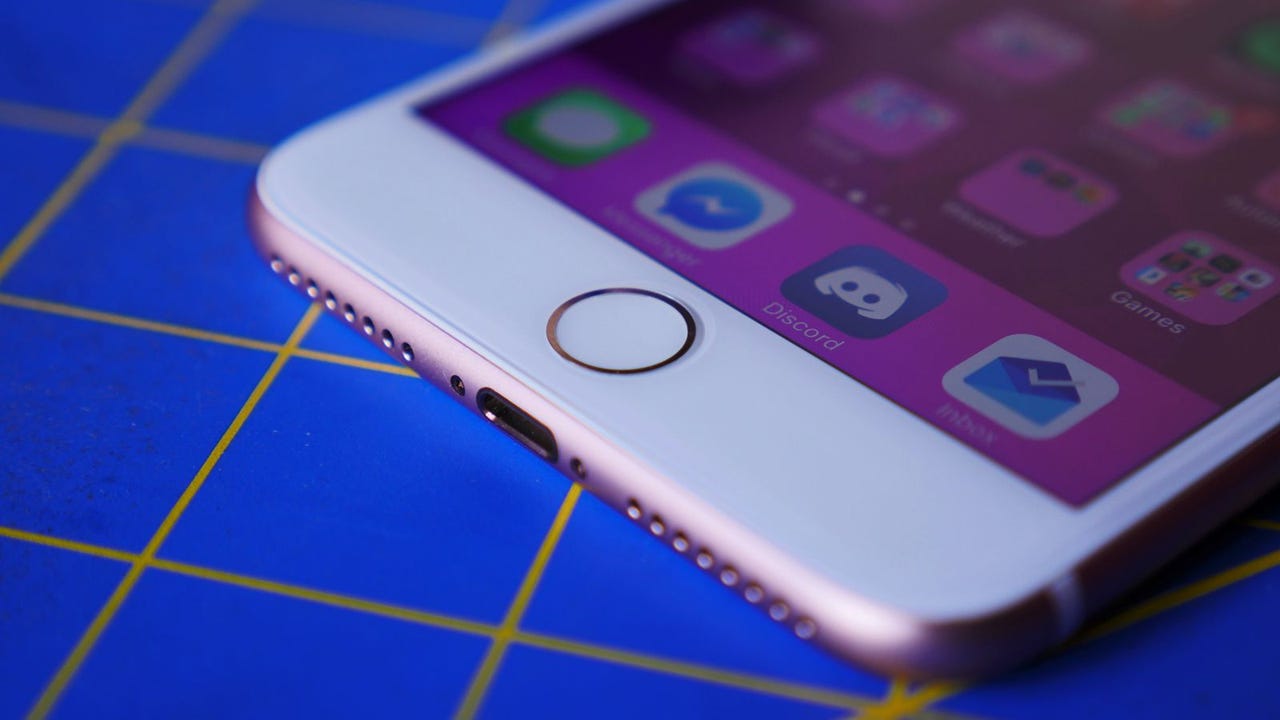OLED iPhone 8 will be an expensive gamble for Apple


Image: CNET
As the iPhone approaches being 10 years old, Apple is looking to inject some "Wow!" into its smartphone line with a high-end OLED iPhone 8. But for Apple it's an expensive gamble.
Must read: Apple won't do what's needed to save the iPad
Featured
Wireless charging and a super-sized 5.8-inch OLED display won't come cheap, especially considering the fact that Apple will have to retrofit the display with a graphite layer to protect the 3D Touch sensor film from the additional heat generated by the wireless charging feature.
All this costs money, and could push the price of a top-end iPhone to over $1,000.
So where's the gamble? There are a few.
The first is the potential for sticker-shock.
While $1,000 is going to be the price of the top-end iPhone, it breaks yet another psychological price barrier, and could make potential buyers -- especially those new to the iPhone -- worry that the iPhone price is out of control, and make them think twice before pulling the trigger.
Another concern is whether a larger OLED display and wireless charging -- both features available on other smartphones -- will impress iPhone owners. iPhone owners, especially those expected to pay a premium, are used to getting something new, and not the technology that Samsung is already shipping.
Apple is going to have to rely less on the technology and more on offering a better user experience.
The final issue relates to Samsung directly.
If Apple wants OLED displays, the only supplier that can accommodate the demand is Samsung, which means not only that the two biggest smartphone players once again become entwined, but also means that Apple is reliant on a single supplier for a critical component.
If those are the potential pitfalls, what about the upsides?
First, a plus-$1,000 iPhone would give the iPhone's average selling price a much-needed bump, especially as the iPhone SE has been dragging at it.
Another potential upside for Apple is record sales, getting closer to, and possibly even pushing beyond 100 million for Q1 2018. It all depends on supply and demand. Can Apple generate enough buzz for the new handset, and if it can, will it be able to source enough OLED displays to keep shipping times reasonable?
The OLED iPhone will also be the device that propels the iPhone into the next decade, and the technology that will cost buyers over $1,000 this year will slowly trickle down into the cheaper versions.
Best iPhone or iPad apps (February 2017)
See also:
- It costs almost nothing to charge a smartphone for a year
- Your next iPhone could easily cost over $1,000
- Apple did a lot more than just smash its iPhone sales record
- 7 things you need to know about Apple (1Q 2017 edition)
- iPhone 8 rumors finally suggest wireless charging is on the way
iPhone turns 10: Watch it evolve from 2007 to 2017: